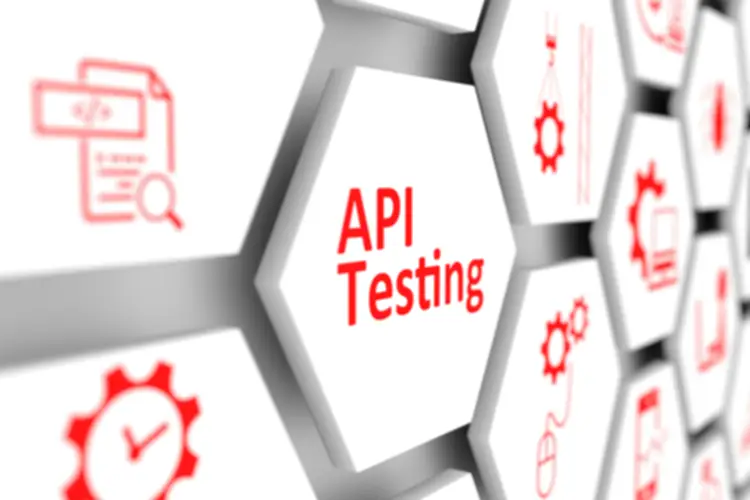Alternatively, they will use replication to copy the shopper knowledge throughout multiple servers for load balancing and excessive availability. On the other hand, the data construction of MongoDB doesn’t must be planned out upfront because it primarily offers with unstructured information. Normalized knowledge models describe relationships utilizing references between paperwork. This could be beneficial to make use of when embedding could end in data duplication but inadequate learn performance advantages outweigh the implications of the duplications. Moreover, you may also replace related knowledge in a single atomic write operation while functions concern fewer queries to finish frequent operations. Documents difference between mongodb and postgresql in MongoDB for the embedded data model must be smaller than the utmost BSON doc dimension (16 MB).
These languages allow you to write stored procedures and set off in your language of choice. MongoDB is amongst the most popular NoSQL document-oriented databases obtainable today. This signifies that instead of constructing use of conventional rows and columns, it makes use of collections and paperwork.
How Are Their Queries Different?
Before including the information, the database schema should be built to get a clear understanding of the info relationships to course of the queries. On the other hand, MongoDB has finally turn out to be extensible permitting customers to create their capabilities and use them inside the framework. It’s equivalent to user-defined functions (UDF) which permit users of relational databases (like PostgreSQL) to extend AI in automotive industry SQL statements. MongoDB is a document-oriented database, which signifies that data is saved as documents in a collection.Each doc is a JSON-like structure that may contain nested fields and arrays.
MongoDB and PostgreSQL are each top-rated database methods however they serve different functions. MongoDB is nice at handling unstructured knowledge whereas PostgreSQL is better fitted to structured information with complex relationships. MongoDB is a superb choice when your software deals with information that doesn’t have a set or predefined structure.
PostgreSQL provides a extremely refined and versatile indexing system that is tailored to handle a broad variety of query patterns. It helps multiple index types, corresponding to B-tree, GIN (Generalized Inverted Index), GiST (Generalized Search Tree), SP-GiST (Space-Partitioned GiST), and BRIN (Block Vary INdexes). Each index type is optimized for specific use circumstances, making PostgreSQL a superb choice for advanced queries and specialised knowledge varieties. MongoDB’s capacity to accommodate unstructured or semi-structured data with out requiring schema migrations is a game-changer for a lot of builders. This makes MongoDB a favourite for builders working in fast-paced environments the place flexibility is vital. PostgreSQL is optimized for analytical workloads, supporting complex queries, joins, and aggregations, making it a great alternative for reporting and enterprise intelligence applications.
Whether Or Not you want the structured strategy of relational databases or the flexibleness of NoSQL databases, every system presents distinctive advantages that can be leveraged to optimize knowledge administration and efficiency. Choosing between MongoDB and PostgreSQL depends on your specific use case. MongoDB is suited for initiatives requiring flexibility and scalability with unstructured information, while PostgreSQL is perfect for initiatives needing knowledge consistency, advanced queries, and ACID compliance. PostgreSQL and MongoDB compete within the database management methods category.
It is a preferred choice for purposes that heavily depend on complicated queries, strict ACID compliance, and relational information fashions, corresponding to e-commerce platforms, banking systems, and inventory administration systems. With its mature and confirmed structure, MySQL ensures data consistency, reliability, and accuracy, making it a trusted possibility for applications that demand secure and structured data storage. One of MongoDB’s standout options is its horizontal scalability by way of sharding, which enables it to deal with giant volumes of information by distributing it across multiple servers. This makes it an excellent choice for applications with quickly growing datasets, corresponding to social media platforms, content material administration methods, and real-time analytics.

The driver provided a simple and intuitive API that supported a variety of MongoDB options, including querying, indexing, and aggregation. At Present, MongoDBstill is the de-facto alternative for full-stack builders because of its ease of use. PostgreSQL is an object-relational database management system that uses tables, rows, and columns to retailer knowledge.
- In Contrast To MongoDB, PostgreSQL depends on a scale-up technique (vertical scaling) for information volumes and scaling writes.
- It can be tough to adjust the structure of the database as quickly as it’s loaded.
- Projects with stringent regulatory requirements as a outcome of PostgreSQL’s strong ACID compliance.
- Its performance scales well vertically with hardware upgrades, but horizontal scaling would possibly require more intricate setup.
Postgresql: Relational Mannequin

You can store all kinds of information as JSON documents for fast retrieval, replication, and evaluation. In contrast, PostgreSQL is an object-relational database management system that you should use to store knowledge as tables with rows and columns. It presents flexibility in knowledge varieties, scalability, concurrency, and knowledge integrity for structured data. MongoDB, a NoSQL database, shines in its adaptability, accommodating evolving data fashions and providing outstanding scalability. In contrast, PostgreSQL, a strong relational DBMS, excels in data integrity, SQL capabilities, and security.
Whereas in PostgreSQL, such modifications require advanced queries involving becoming a member of multiple tables. It makes queries execute faster as it’s in a serialization format that successfully archives JSON-like paperwork. The essential factor to notice right here is that transactions allow various changes to a database to either be made or rolled again in a gaggle. Therefore, in a relational database, the info could be modeled across impartial parent-child tables in a tabular schema. Relational databases are great at operating complex queries and data-based reporting in circumstances where the information structure doesn’t change regularly. Open-source databases like PostgreSQL supply a cheap alternative as a steady production-grade database compared to its licensed contemporaries like SQL Server and Oracle.

Relationships Among Tables
And according to DB-Engines, Postgres and MongoDB are among the top 5 databases. They are the two climbling the ladder and consuming the shares of the massive three, Oracle, MySQL, and Microsoft SQL Server. Whereas MongoDB doesn’t have the identical degree of neighborhood maturity, it does provide drivers for lots of programming languages. There is lots of neighborhood and aid that will assist you work together with MongoDB using considered one of your most popular programming languages. It has a robust open-source community with plenty of PostgreSQL assist libraries, tools, extensions, and common assist out there. Beyond the core architectural and efficiency variations between MongoDB and PostgreSQL, there are different key differences.
MQL is great for question effectivity, efficiency, and scalability parsing by way of a large amount of data. Its drawbacks are that it isn’t suited to becoming a member of between paperwork and makes use of a great amount of reminiscence. SQL is nice for joining between tables and is a standardized language that many are acquainted with. PostgreSQL, in distinction, is traditionally designed for vertical scalability, meaning that it excels at handling large datasets on a single, powerful machine.
With PostgreSQL, you get the benefits https://www.globalcloudteam.com/ of a community-driven system that has stood the check of time, offering rich functionality with support for complex queries and transaction integrity. While MongoDB provides flexibility via its document-based strategy, many applications nonetheless depend on structured, relational databases. That’s where PostgreSQL comes in, with its sturdy information integrity and help for complex relationships. MongoDB, classified as a NoSQL database, belongs to the class of doc databases. It is designed to store, handle, and retrieve data in versatile and schema-less documents.
Both databases use totally different syntax and terminology to carry out lots of the same duties. NoSQL databases are typically easier by nature, so MongoDB is relatively straightforward to learn for those with any prior programming experience. These units let you record and replay processes on an as-required foundation. MongoDB makes use of synchronous replication, which includes multiple repositories or techniques that update on the similar time. Since these constraints disallow any actions that take away links from one table to a different and can stop the insertion of invalid knowledge into foreign key columns, this can be a necessary function for some customers.
